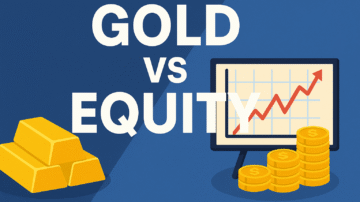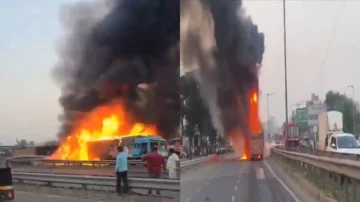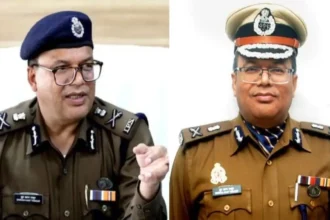India’s Extreme Poverty Plummets to 5.3%: A Decade of Transformation
New Delhi, June 2025 – The World Bank’s latest “Poverty & Equity Brief” reveals a landmark turnaround: between 2011–12 and 2022–23, India has brought the extreme poverty rate down from 27.1% to just 5.3%, lifting approximately 269–270 million people out of extreme poverty .
Key Highlights
Sharp Decline in Numbers: India’s population in extreme poverty fell from 344 million to just 75 million over the period .
Higher Global Standards, Same Success: Even after the World Bank raised the poverty threshold in its June methodology update, India’s progress remains significant .
Rural‑Urban Bridging: Rural extreme poverty declined from 18.4% to 2.8%, and urban from 10.7% to 1.1%, narrowing the rural‑urban poverty gap from 7.7 to 1.7 percentage points .
Lower‑Middle‑Income Lift: Using the $3.65/day threshold, poverty fell from 61.8% to 28.1%, lifting 378 million people above this mark .
State-Level Stories & Policy Drivers
Five states—Uttar Pradesh, Bihar, Madhya Pradesh, Rajasthan, and Maharashtra—were pivotal, housing 65% of India’s extreme poor in 2011–12 and driving two-thirds of the reduction by 2022–23 .
Uttar Pradesh alone saw around 59 lakh people escape multidimensional poverty (health, education, living standards) in nine years .
Policy impacts: Interventions such as MGNREGA, PMGSY (rural roads), Ujjwala (LPG), Awas (housing), Poshan (nutrition), and Swachh Bharat (sanitation) played crucial roles .
Multidimensional Poverty: Beyond Income
The UNDP-Multidimensional Poverty Index (MPI) also reports sharp improvement:
From 2005–06 to 2019–21, 415 million Indians exited multidimensional poverty (health, education, living standards).
By 2019–21, the MPI was down to 16.4% from over 55% a decade earlier .
Crucially, rural areas—home to nearly 90% of MPI poor—saw the most progress .
Pandemic Setback & Recovery
The COVID‑19 pandemic briefly reversed gains:
In 2020, 23–56 million Indians fell below the poverty line .
By 2021–23, poverty trends resumed their downward course, supported by recovery in GDP growth and continued policy interventions .
Analysis: What Made This Possible?
1. Data Improvements
Use of CPHS data filled gaps left by outdated government surveys, enabling fresh insights.
2. Targeted Welfare with Scope
Programs like MGNREGA, Ujjwala, Awas, and rural infrastructure became embedded lifelines, especially in villages.
3. Economic Growth & Jobs
Rising incomes, particularly among small and marginal farmers, bolstered livelihoods—backed by a sharp rise in rural employment.
4. State-Level Momentum
States most burdened with poverty hatched customized, scalable programs. UP’s “Zero Poverty” campaign is a prime example .
The Road Ahead: Caution & Care
Remaining Pockets: Around 75 million still live in extreme poverty. Rajasthan, Bihar, Odisha, and eastern Uttar Pradesh remain laggards .
Sustainability of Gains: Data gaps post-2017–18 persist; accurate, frequent household surveys are still lacking .
Rural Divide: Rural poverty remains higher; continued focus is necessary .
Consumption Inequality: Though poverty shrank, consumption inequality remains; per-capita gains vary .
Conclusion
India’s journey—from 27.1% to 5.3% extreme poverty—is a testament to economic resilience, strong state-level governance, and inclusive welfare systems. The World Bank’s report underscores that combating poverty takes consistent policy reinforcement, matched with accurate data and sustainable implementation. As India marches toward its 2047 vision, remaining pockets of deprivation demand targeted, innovative interventions.











